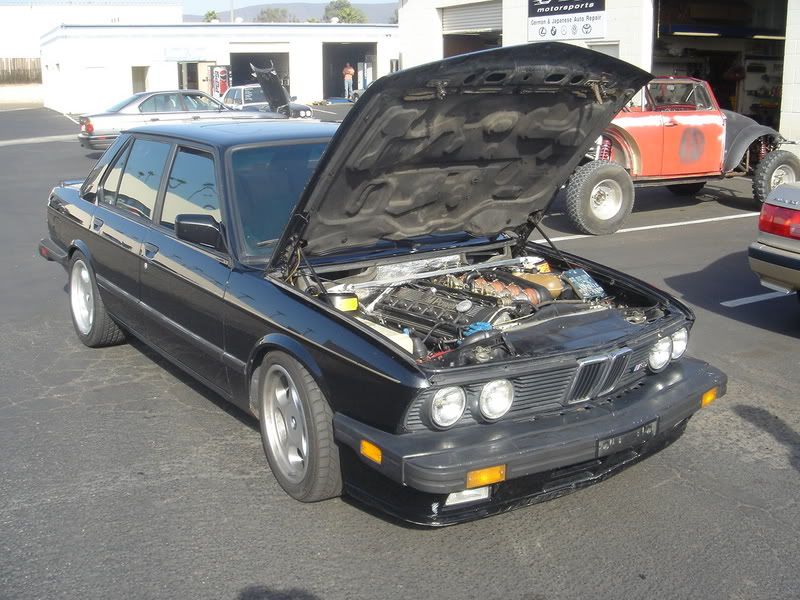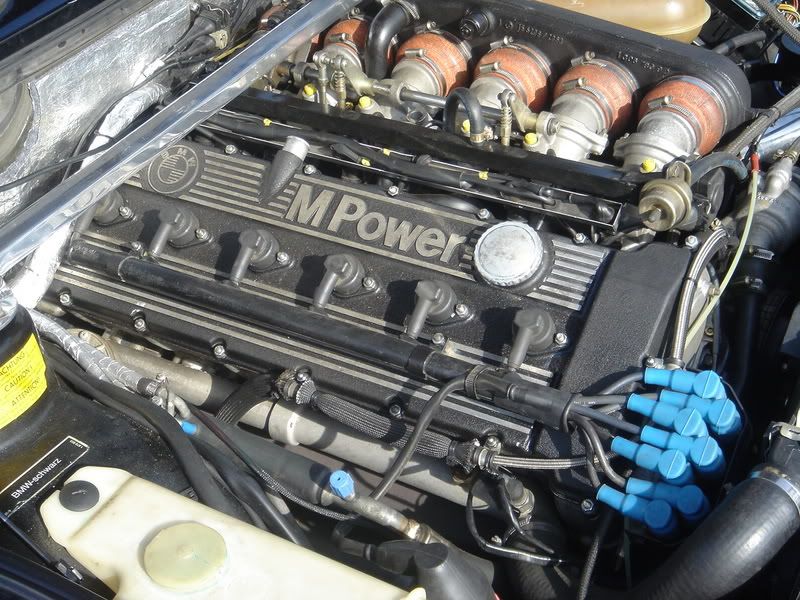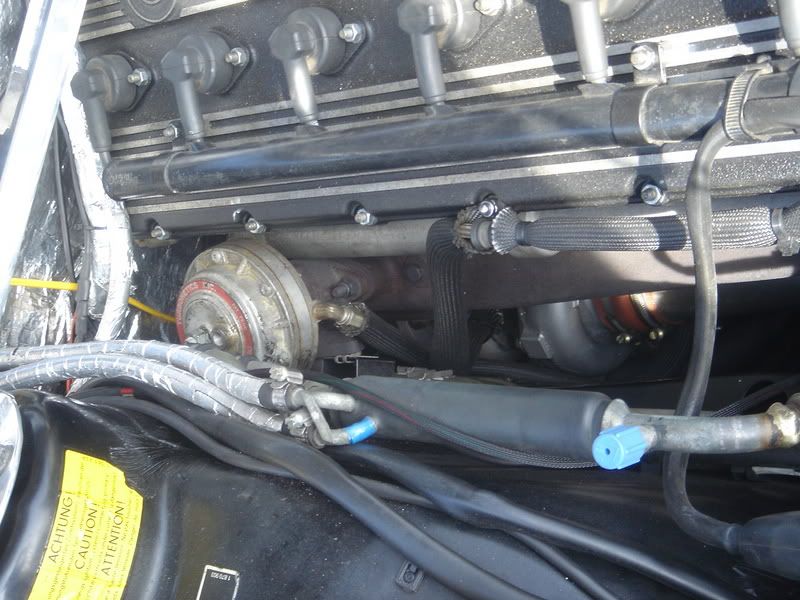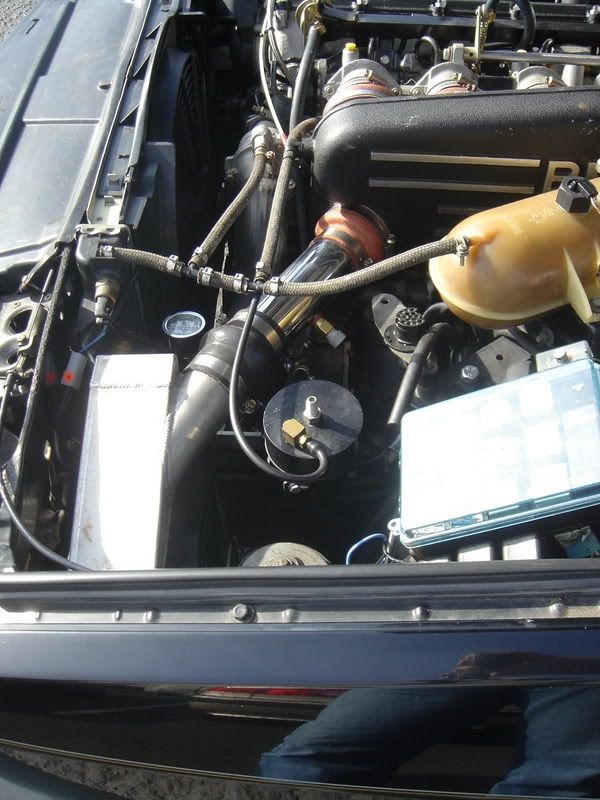Sweeney wrote:Defining terms to meet my objectives? I don't think so.
I said you're defining terms to meet your objectives because you keep using the term "oil vapor separator" interchangeably with oil separator. The baffle in the BMW valve cover is clearly intended, as you agreed, to separate oil and keep it from going back to the intake. The fact that it is a very simple baffle type oil separator is not the issue.
Sweeney wrote:You're describing cosmetic, raised lines on the valve cover as "cooling fins". In fact, the "M POWER" logo on the M88 covers 90% of the area of the baffles.
Yes, you are correct. The cooling fins on the M88/S38 and M30 valve cover are mostly cosmetic and provice minimal cooling.
Sweeney wrote:The cross sectional area of the passage through the baffles is equal to or slightly greater than the port into the vent tube with very few baffles... 3 and 4 baffles for either inlet on the "M" valve cover. There is also very little surface area for vapor to condense.
I suspect that is because BMW saw a need for an oil separator and not a vapor condenser...
Sweeney wrote:Actual vapor separators have a relatively large volume compared to the inlet and outlet and contain condensing plates/media with lots of surface area. The large volume provides a relatively low energy environment that allows for separation and collection.
BMW used an oil separator of sorts not a vapor separator
Sweeney wrote:The structures in the valve cover do not compare to a true separator.
Oh they compare, they just compare unfavorably. That is why I described it as an oil separator “of sorts”
Sweeney wrote:The BMW design, as with most other manufacturer's, is an attempt to keep liquid oil from entering the vent system
Yes, separate the oil... as in what an oil separator does.
Sweeney wrote:while the vent system transports oil vapor, combustion gases, etc back to the intake system to be burned. If these BMW valve covers have what are intended to be oil vapor separators then the designer needs to go back to school.
Repeating the term "oil vapor separator" does not make it relevant. The oil separator in the BMW valve cover is not intended as a vapor condenser but rather as an oil separator. BMW engineers do not need to go back to school. But the BMW accountants may need a good talking to. I'm sure they had something to say about how much the valve cover and PCV system on the M88/S38 engine should cost.
Sweeney wrote:You are correct that there isn't a need for a dedicated devise. There is a benefit to one though.
I see the problem with the BMW crankcase ventilation system as fundamental to the lubrication system BMW chose which is made worse by putting the engine under boost.






